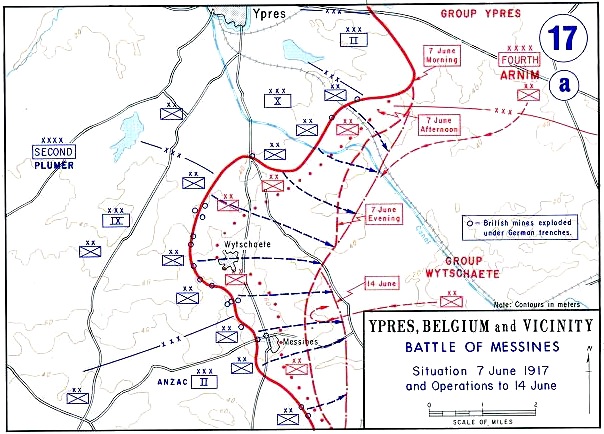Just going to throw this out there in order to possibly re-frame the discussion a bit. A lot of the discussion on this thread has been about appropriate support weapons, dispersion of Platoons/Sections and extended engagement ranges. Are we maybe looking too much at one part of the fight we're seeing in Ukraine?
To my eyes what we appear to be seeing in the Ukraine conflict is something like this:
- Dispersion of forces in open terrain in order to try and avoid detection by various sensors and targeting by indirect fire and long-range anti-tank weapons (often employed by dispersed light forces).
- Advances covered by massed indirect fire to suppress potential enemy firing positions and SHORAD to take out enemy UAVs
- The major infantry engagements appear to be happening in urban areas and areas with extensive prepared defences (trench lines, bunkers, etc.)
Are we maybe seeing the need for two differently configured forces? One Light force to operate dispersed with longer range weapons to screen the open areas of advance and provide targeting for indirect fire and armed aircraft/UAVs and a 2nd, heavy force optimized for the close, urban fight with access to large volumes of shorter range HE projectors and having protected mobility? Does that change how we view the Sections and Platoons?





